No more. Grain Belt Express is now all about...
Grain Belt Express provides open access delivery for all energy sources based on competitive contracts between electricity buyers and sellers.
The first paragraph of the Executive Summary states that in order to qualify for a loan, the
project must be eligible under Section 1703 of Title XVII (the Clean Energy Financing Program), which defines eligible projects as those that, “avoid, reduce, or sequester air pollutants or anthropogenic emissions of greenhouse gases [GHGs]; and employ new or significantly improved technologies as compared to commercial technologies in service in the United States at
the time the guarantee is issued” (Public Law [P.L.] 109-58, Section 1703(a)).
The DEIS makes this presumption: “The Project could also help reduce overall GHG emissions by allowing new renewable energy projects to access the electric grid, potentially leading to the replacement of existing fossil-fuel power plants, while providing additional power to expanding renewable energy markets.” (Table 3.1.1).
The DEIS further states that the No Action Alternative would not support attainment of the U.S. government’s established target to reduce GHG emissions by 50 to 52 percent from 2005 levels economy-wide by 2030 (The White House 2021). (Sec. 3.1.3).
How stupid do they think we are?
Grain Belt Express is now attempting to attract energy slurping data centers to locate in Missouri and take service on Grain Belt Express. Why would data centers do that when they can locate in southwestern Kansas near the source of the energy that Grain Belt is importing to Missouri? If data centers built in Kansas, they wouldn't have to pay exorbitant fees to Grain Belt Express to supply energy from SW Kansas. I'm pretty sure the financial incentives to locate in Missouri over Kansas are not going to cover the cost of importing power on Grain Belt Express. Why would data centers buy the Grain Belt cow when they can get the milk for free in Kansas?
Furthermore, why is Kansas content to have the energy it produces shipped to Missouri so that data centers will locate in Missouri and so that Missouri can feast on all the tax revenue data centers provide?
“Kansans working to balance household budgets and run businesses want energy that’s affordable and reliable, and that’s what we are getting with Grain Belt Express, all without ratepayers being forced to pay for it,” said Kansas House Speaker Dan Hawkins.
New data centers want to locate in places where there is a vast supply of power, not places where they are dependent upon long distance transmission lines that may never come to fruition. And what about all those wind farms in southwest Kansas planned to feed Grain Belt Express? Are they all still proceeding full steam ahead under Donald Trump? Better take another look at that one!
Grain Belt Express touts its 39 municipal customers in Missouri in its recent press release:
“This announcement shows once again how much Missouri can contribute to big infrastructure projects like this transmission line, which will help bring energy savings and reliability to 39 municipal utilities across the state."
And now Grain Belt Express has morphed once again into a transmission line for new data centers who probably are not interested. How much more money is Michael Polsky going to drop into this dead dog of a project, trying to make it pencil out? He didn't get to be so stinking rich by making bad business decisions. Isn't it time to give up on Grain Belt Express?
Grain Belt Express is an albatross around everyone's neck. It's a project idea that has been dead for years. Let it go!
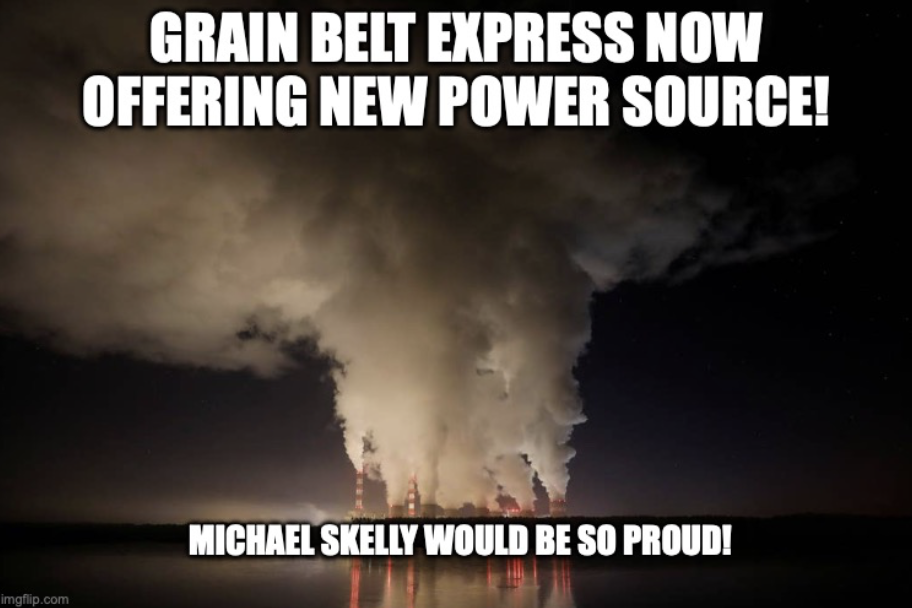
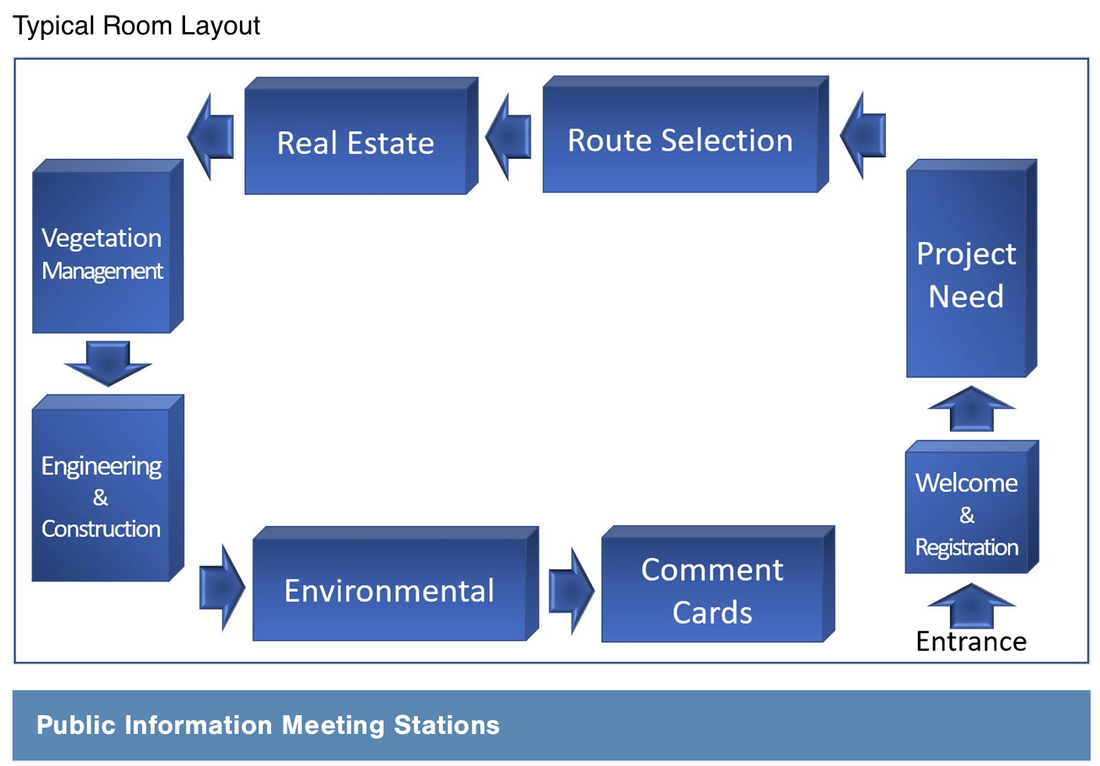
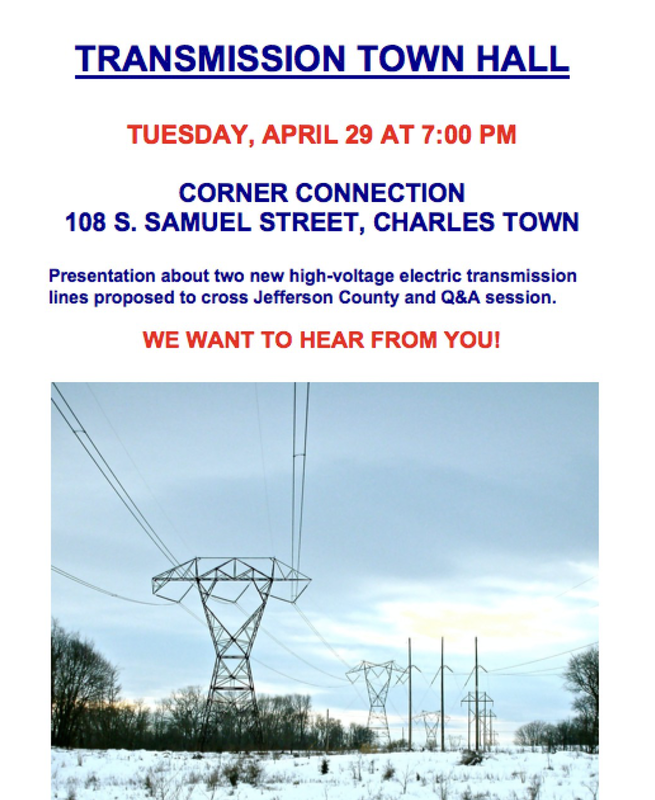
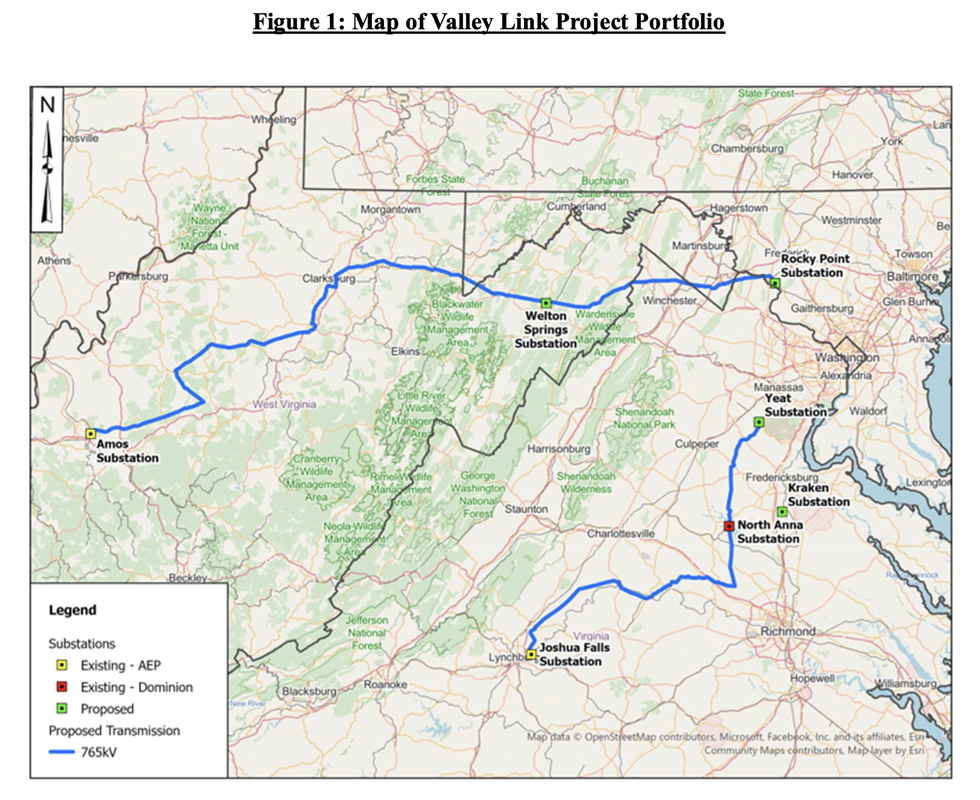
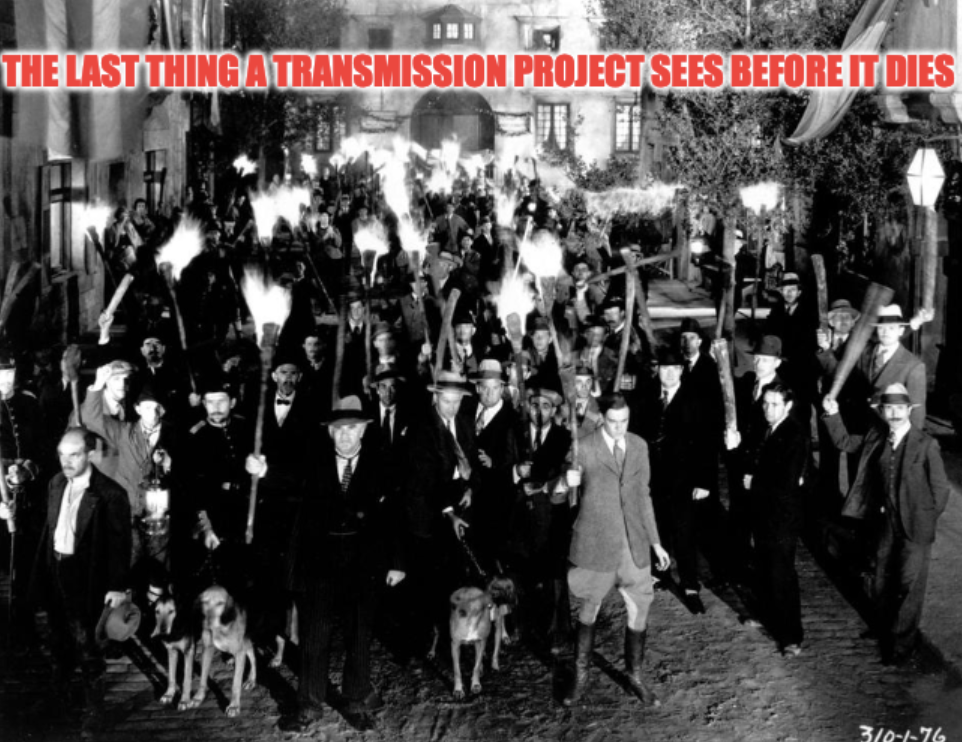
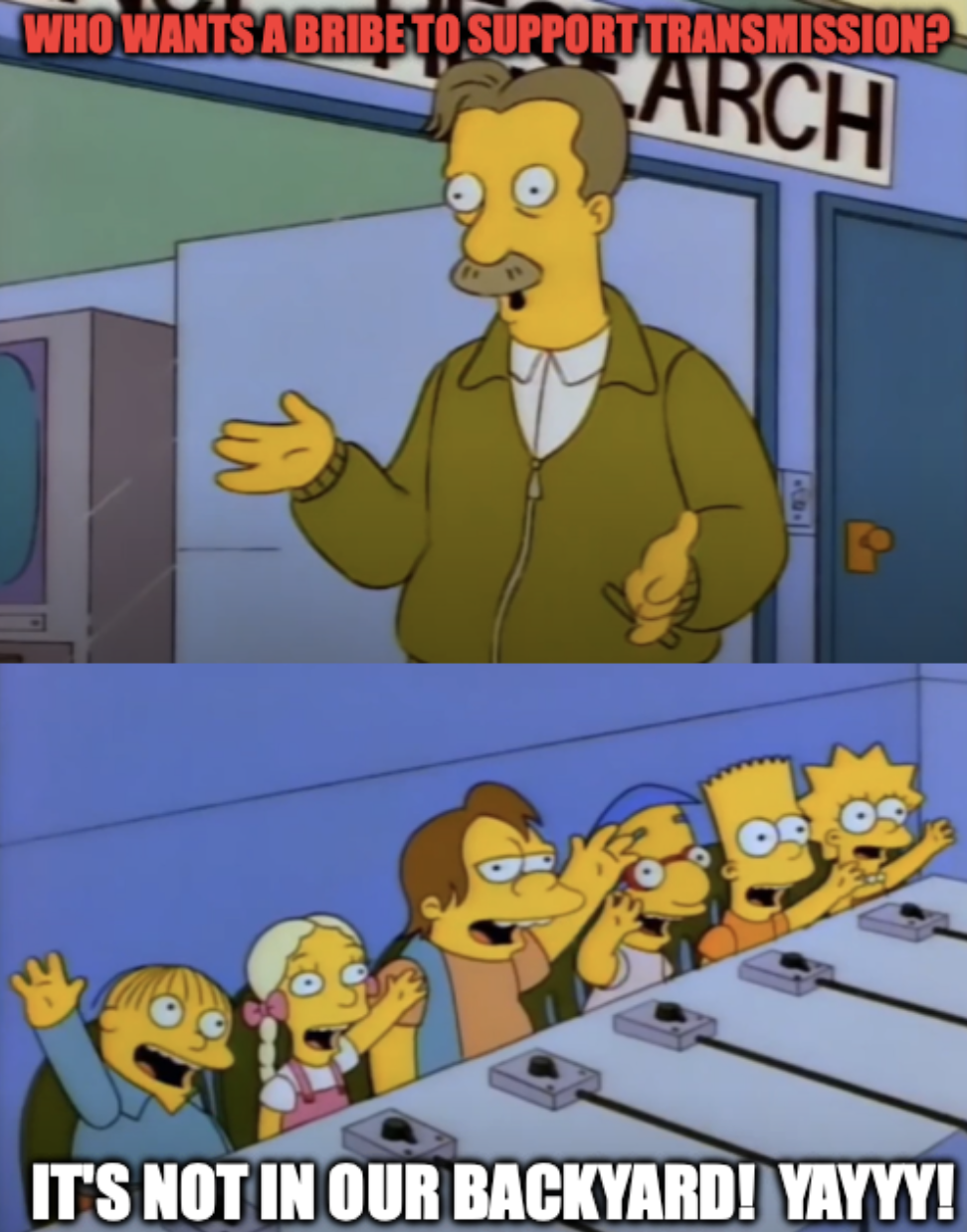

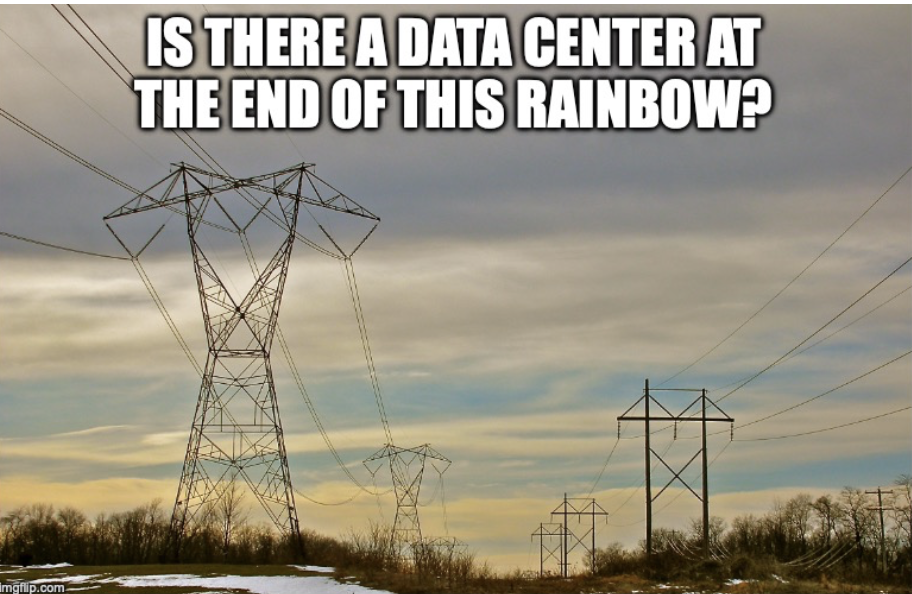
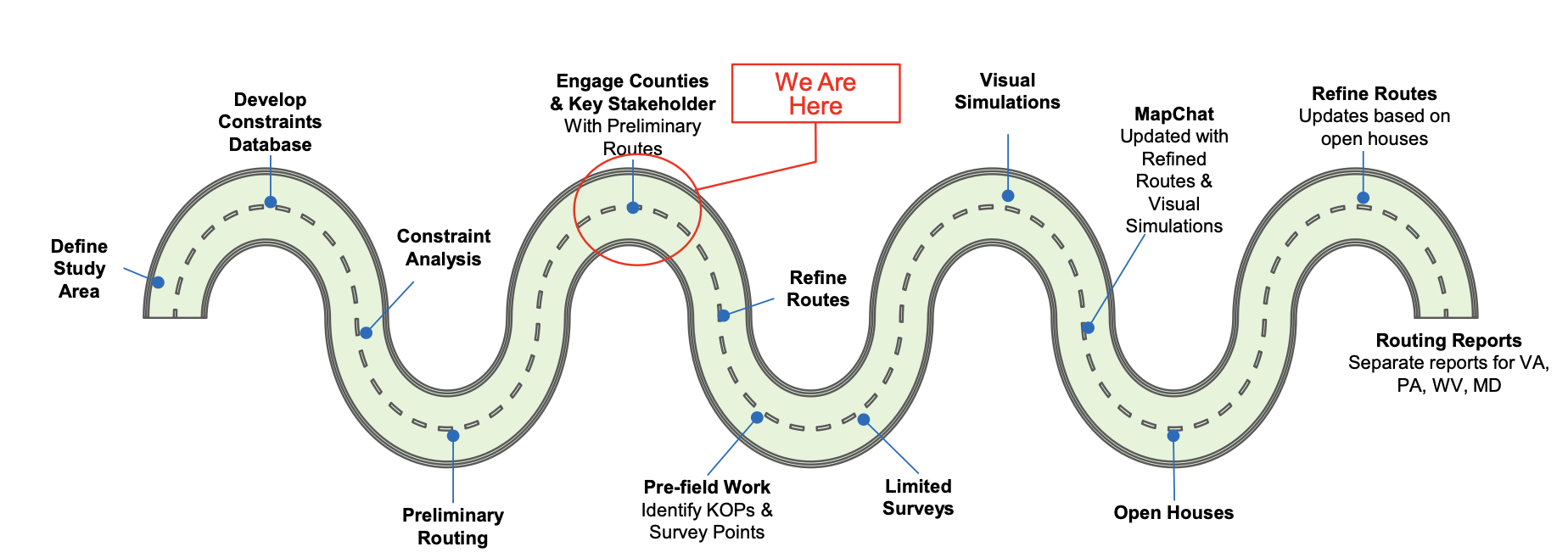
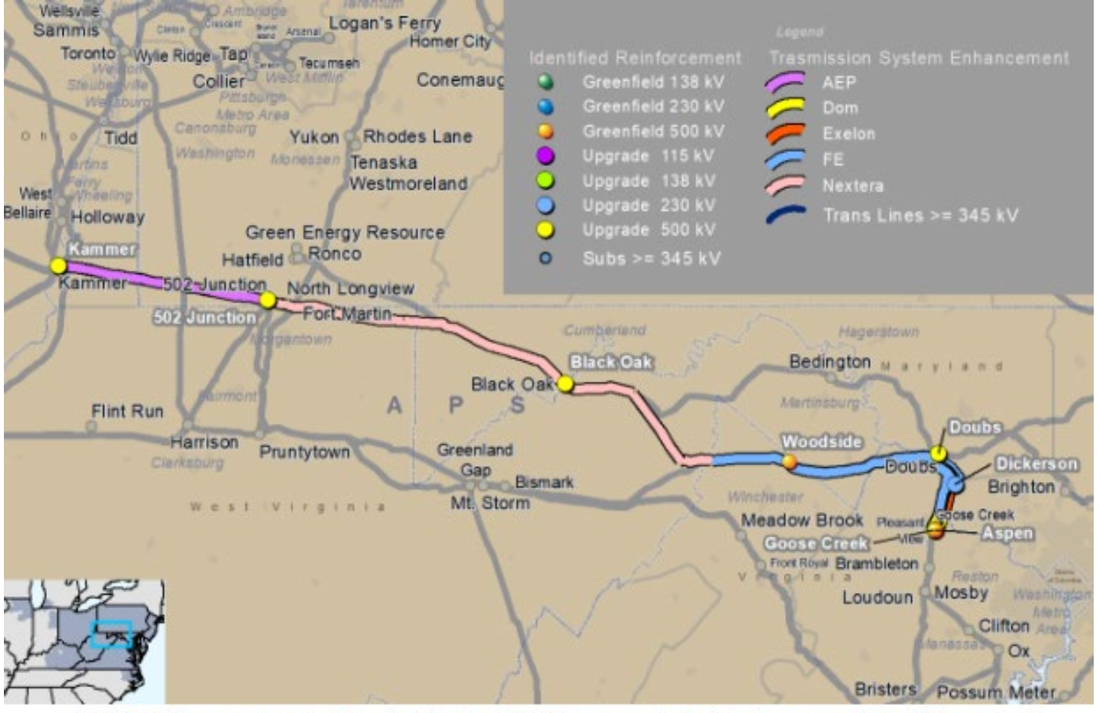
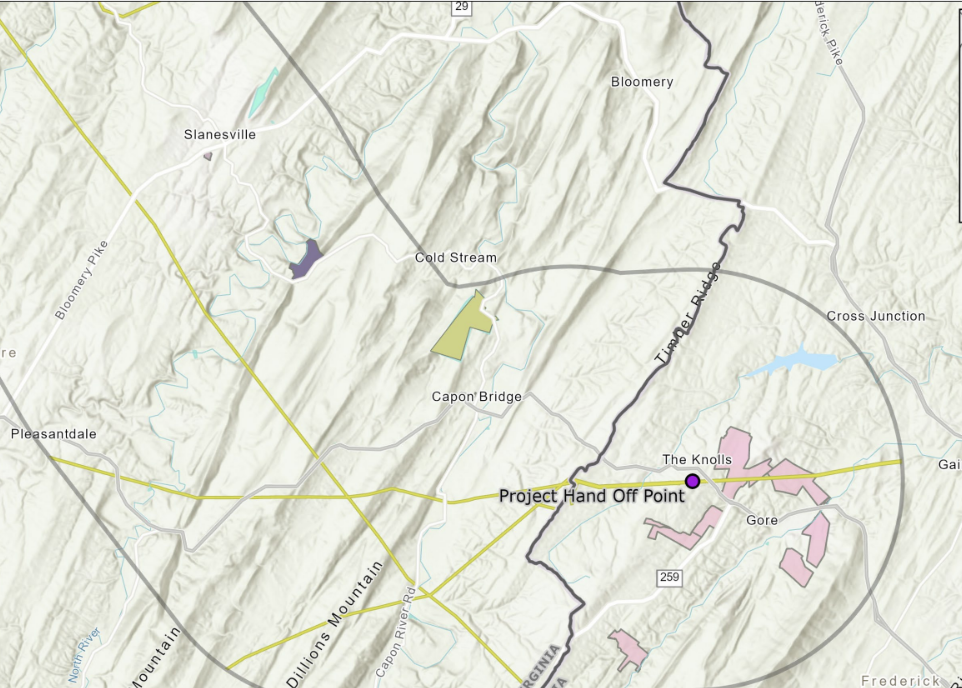
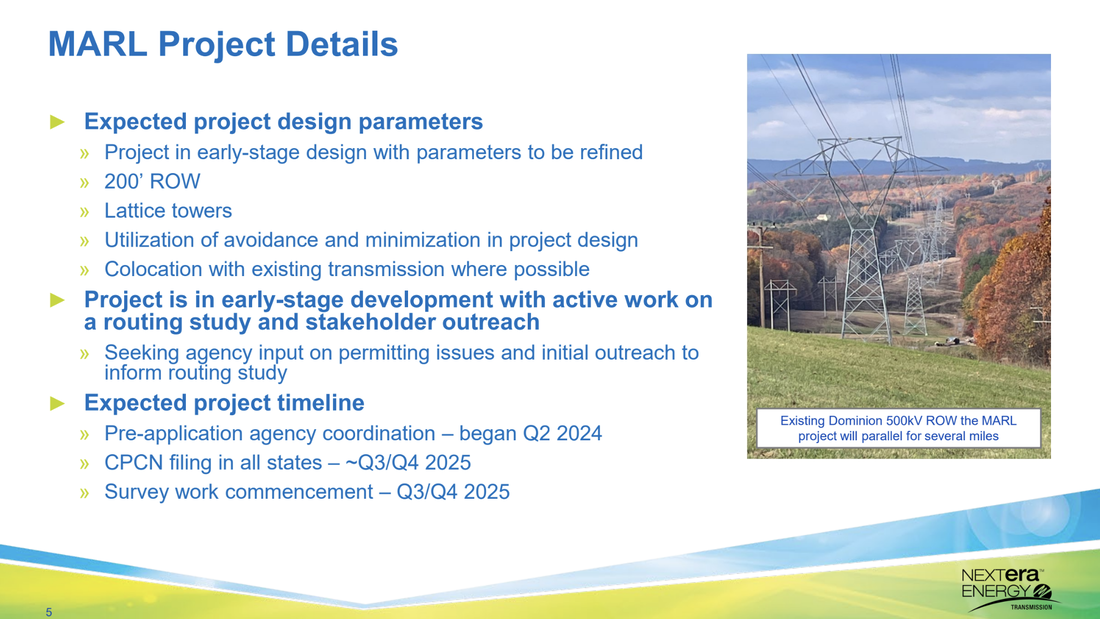
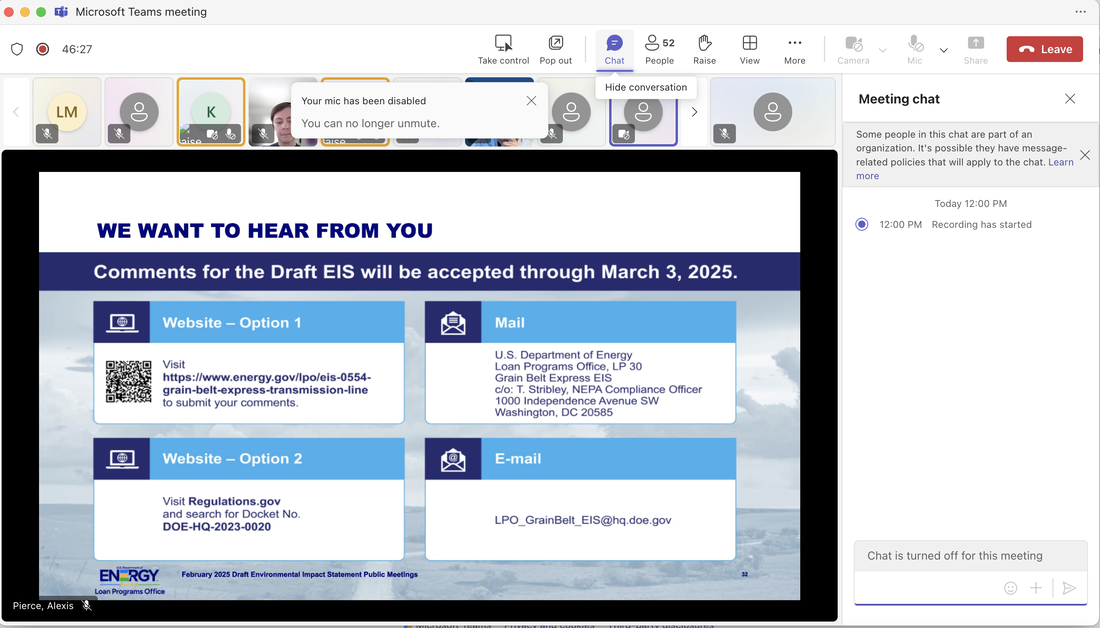
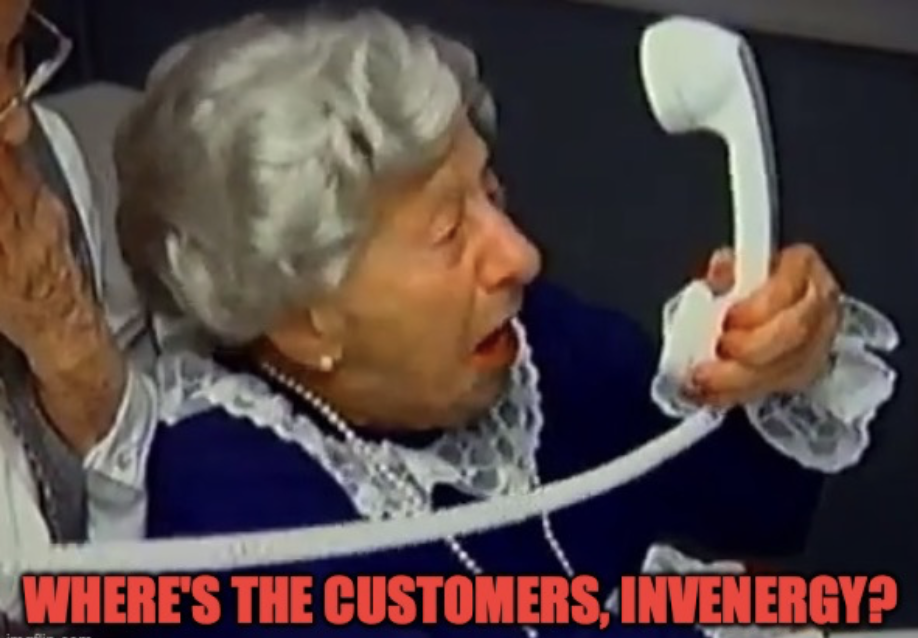
 RSS Feed
RSS Feed